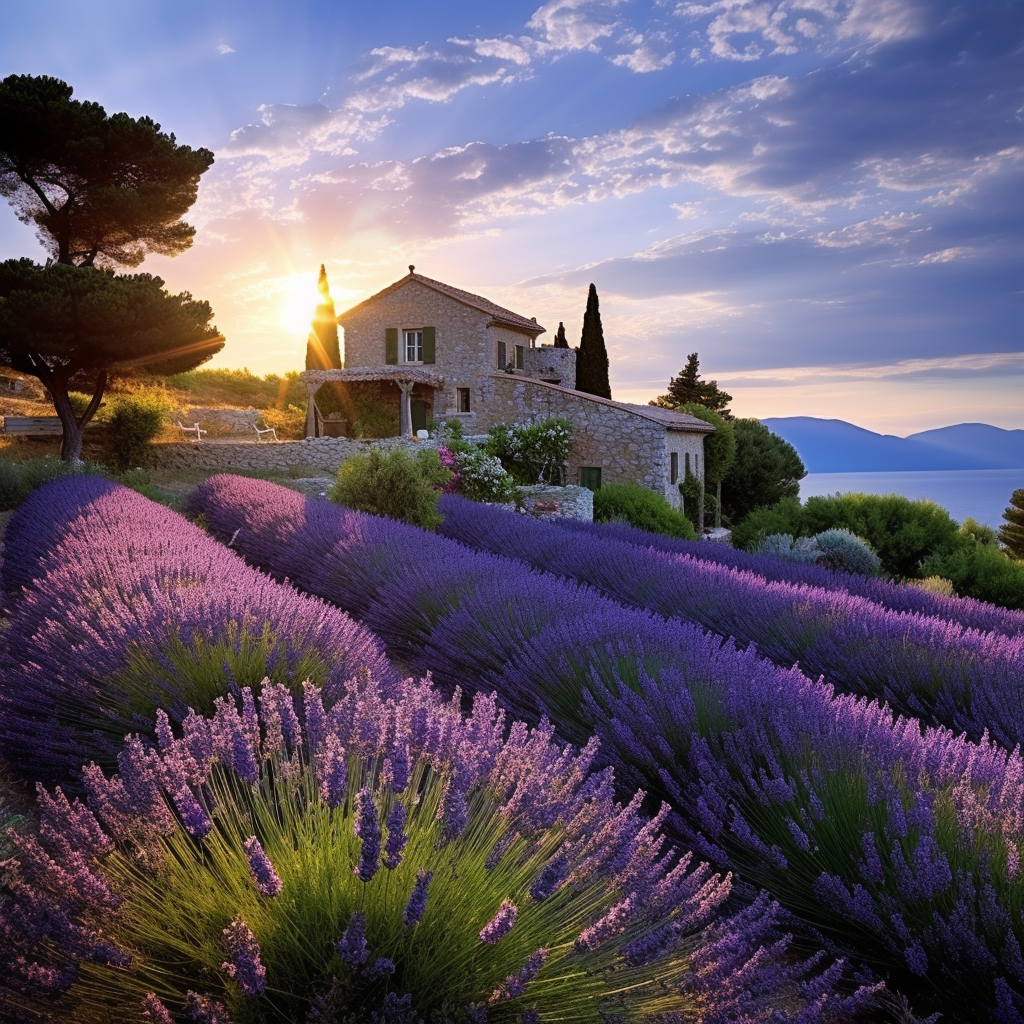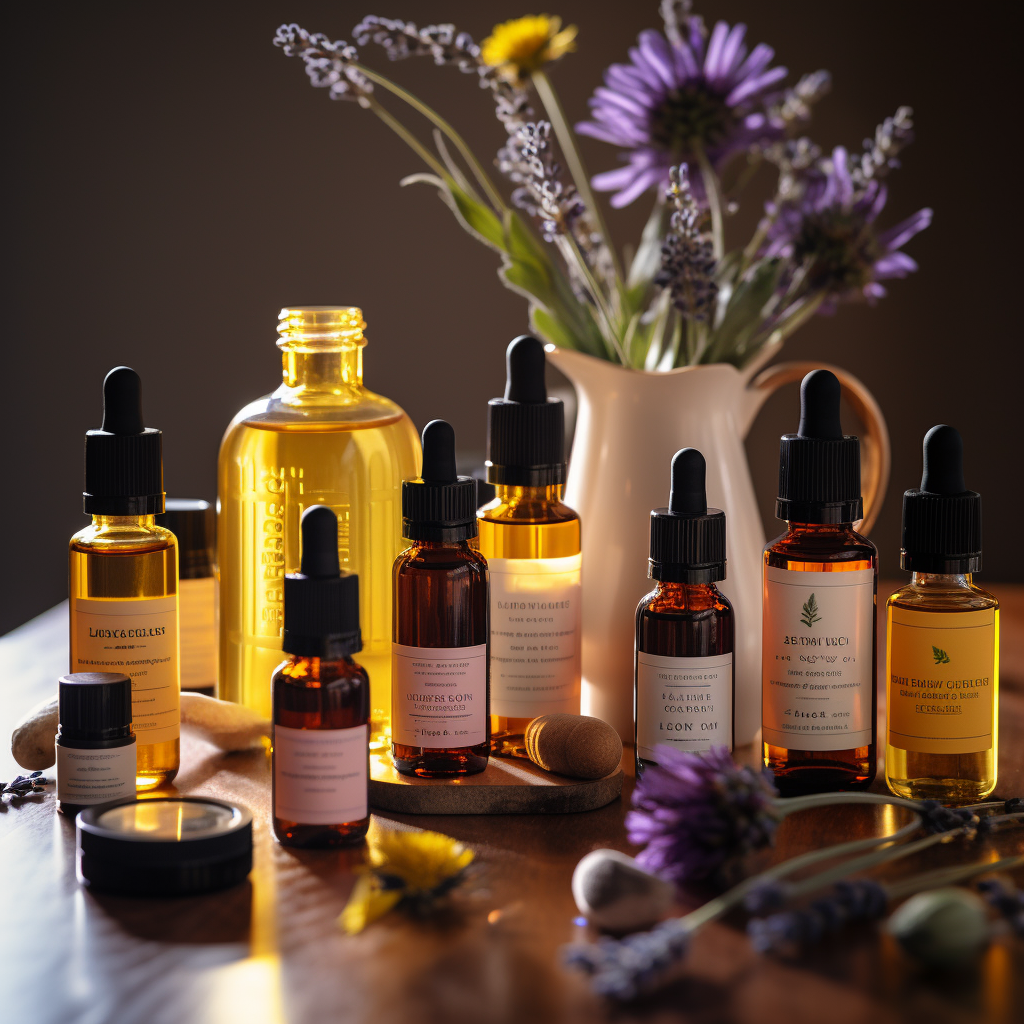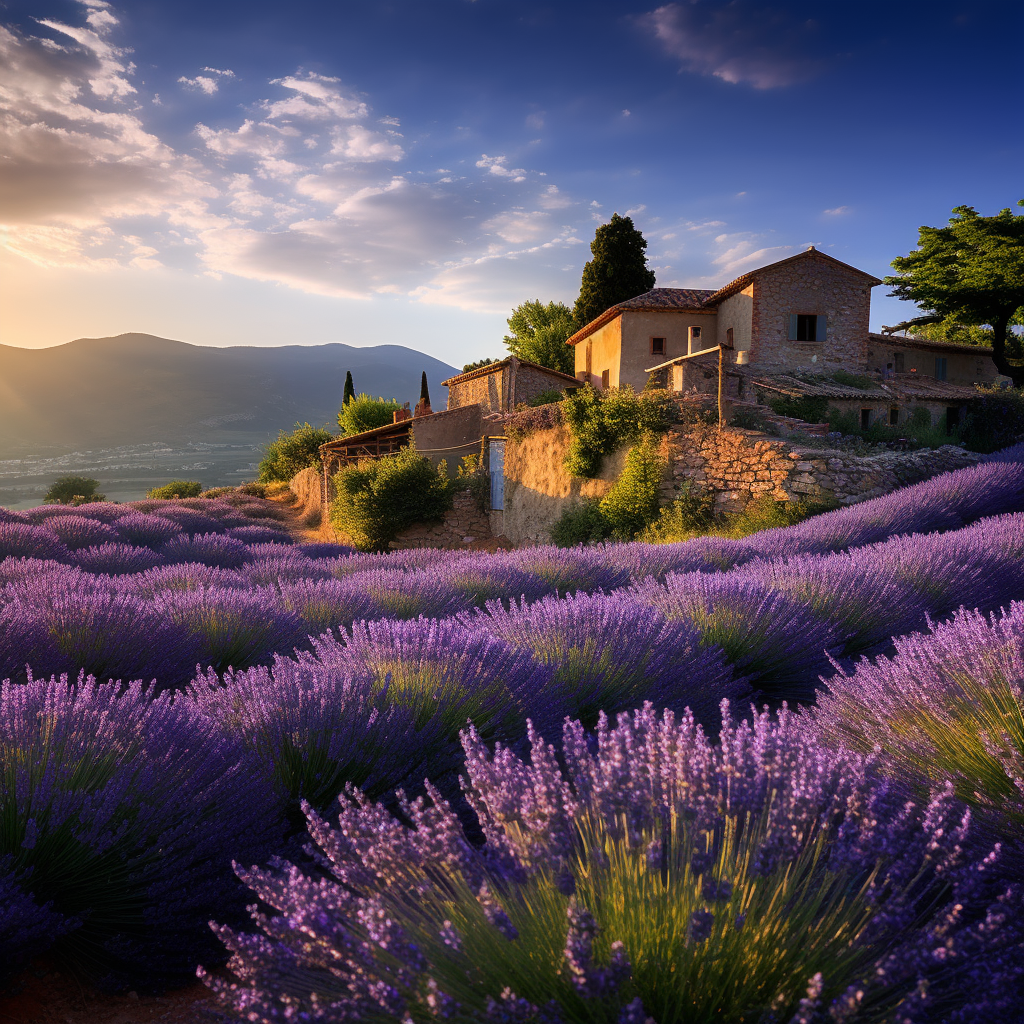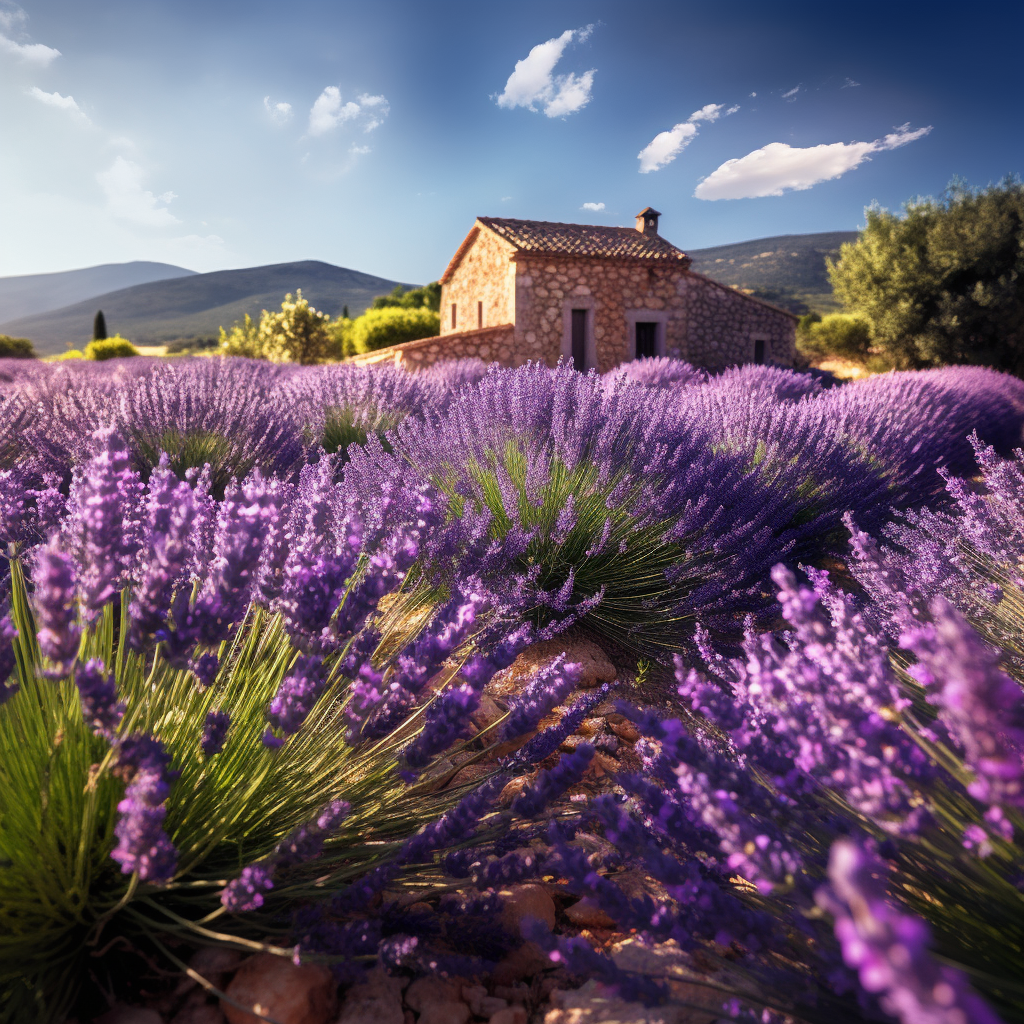
Lavender: Nature’s Soothing Symphony in Purple































Introduction: Lavender, with its distinctive fragrance and myriad properties, has long been celebrated as one of nature’s most versatile botanical treasures. From its calming aroma to its therapeutic benefits, lavender holds a special place in the world of perfumery and aromatherapy. Let’s explore the enchanting realm of lavender, unraveling its fragrance, properties, cultivation, and significance in perfumery.
Fragrance and Properties: Lavender, scientifically known as Lavandula spp., boasts a captivating fragrance characterized by its herbaceous notes, sweet floral undertones, and subtle hints of earthiness. Renowned for its calming and relaxing properties, lavender essential oil is a staple in aromatherapy and perfumery. Its soothing aroma has a profound effect on the senses, promoting tranquility, balance, and emotional well-being.
Cultivation: Lavender thrives in Mediterranean climates, where it basks in abundant sunlight and well-drained, alkaline soil. Regions such as France, Bulgaria, and the United States are renowned for their lavender cultivation, with sprawling fields of lavender blanketing the landscape in hues of purple. Cultivating lavender requires careful attention to soil quality, irrigation, and pruning to ensure optimal growth and abundant blooms. Lavender plants are often grown organically, without the use of synthetic pesticides or fertilizers, to preserve their natural fragrance and therapeutic properties.
Harvesting Season: Lavender is typically harvested in late spring or early summer when the plants are in full bloom and the essential oil concentration is at its peak. The harvesting process involves carefully hand-picking the lavender flowers at the optimal stage of maturity to capture their aromatic essence. Lavender fields come alive during the harvesting season, with rows of fragrant lavender bushes swaying gently in the breeze, filling the air with their intoxicating scent.
Extraction and Uses in Perfumery: Lavender essential oil, extracted through steam distillation of the flowers, is prized for its purity and potency in perfumery. Its versatile aroma blends seamlessly with a wide range of fragrance notes, from citrus and floral to woody and spicy, adding depth and complexity to perfume compositions. Lavender oil is often used as a middle or heart note in perfumes, imparting a sense of freshness, purity, and tranquility. In addition to perfumery, lavender oil is utilized in skincare, massage oils, and aromatherapy products, offering a myriad of therapeutic benefits for the mind, body, and spirit.
Cultural Significance: Throughout history, lavender has held symbolic significance in various cultures and traditions. From ancient Greece and Rome to medieval Europe, lavender has been revered for its healing properties, spiritual significance, and aromatic allure. Lavender bouquets were often used to ward off evil spirits, promote relaxation, and enhance meditation practices. Today, lavender remains a beloved botanical emblem of serenity, purity, and natural beauty, inspiring perfumers, artisans, and nature enthusiasts alike.
Conclusion: In the fragrant tapestry of nature, lavender emerges as a timeless symbol of tranquility, grace, and natural elegance. With its soothing fragrance and therapeutic properties, lavender continues to captivate hearts and minds around the world, weaving its magic into perfumes, aromatherapy blends, and daily rituals of self-care and relaxation.
As we immerse ourselves in the serene beauty of a lavender field, we are reminded of nature’s gentle embrace and the healing power of botanical treasures. From its humble origins in Mediterranean landscapes to its global presence in perfumery and wellness, lavender stands as a testament to the enduring beauty and profound impact of Mother Nature’s creations.

